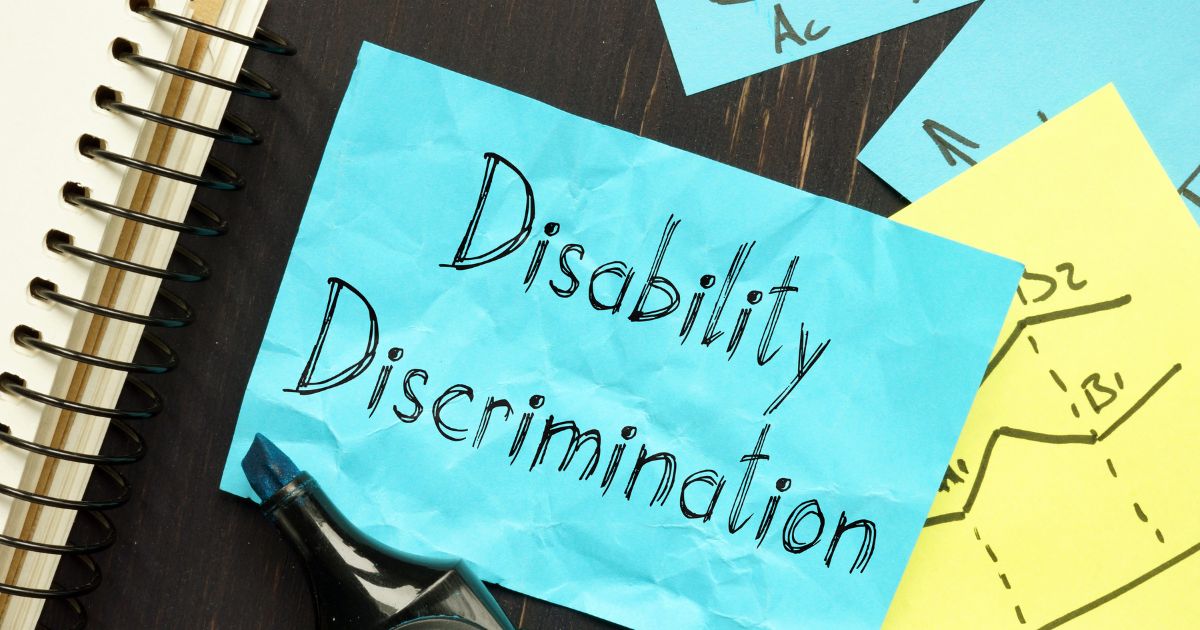Summary
This resource is a component of the Policy on Ableism and Discrimination Based on Disability (2016), primarily designed for Ontarians. However, the YLI maintains that the insights provided within can greatly benefit all employers seeking to enrich their understanding of various forms of discrimination.
It outlines forms of discrimination that can happen to a person with a disability(s) in a workplace or other settings. The first set includes direct, indirect, subtle and adverse effect discrimination. Direct discrimination happens when people or groups deliberately exclude individuals with disabilities from housing, employment, or services, or impose unfair burdens on them without a valid reason. Indirect discrimination occurs when discrimination is carried out through another person or organization. Subtle discrimination can be identified by examining the circumstances and recognizing patterns of behavior. To avoid these types of discrimination and ensure equality, organizations need to carefully consider needs or circumstances of people with disabilities. The next type of discrimination is harassment. Harassment is defined as engaging in a course of frustrating comments or behaviors that is known to be unwelcome. The next type of discrimination is poisoned environment. A poisoned environment refers to a workplace, housing, or service setting that becomes hostile or oppressive due to pervasive unwelcome behavior or comments. The final form of discrimination is systemic discrimination. This happens when attitudes, behavior, policies, or practices in an organization or sector keep individuals with disabilities at a relative disadvantage. It can be deeply rooted in institutions and may appear fair but still have a harmful effect. Organizations must take responsibility and take action to address and eliminate systemic discrimination.
Key Findings
- Both the entity that establishes discriminatory conditions and the one implementing the discrimination can be held accountable in a human rights claim.
- Discrimination is often subtle, with discriminatory remarks not being made directly and stereotypical views not openly expressed. Subtle discrimination can be identified by examining the circumstances and recognizing patterns of behavior.
- Rules, standards, policies, practices, or requirements that may appear neutral can unintentionally have an “adverse effect” on people with disabilities. These should be addressed to ensure equality.
- Harassment can involve slurs, derogatory comments, intrusive questioning, teasing, jokes, unnecessary disclosure of disabilities, exclusion, or circulating offensive material.
Understanding different forms of discrimination can help the employers effectively navigate their policies and standards, thereby avoiding these issues. Moreover, this knowledge benefits employees by enabling them to identify discriminatory practices and seek appropriate solutions
It is also crucial to create an inclusive environment where negative practices and attitudes can be challenged, and the diverse needs of individuals are considered in all aspects of operations.
Learn more about the resource by clicking the button below:
